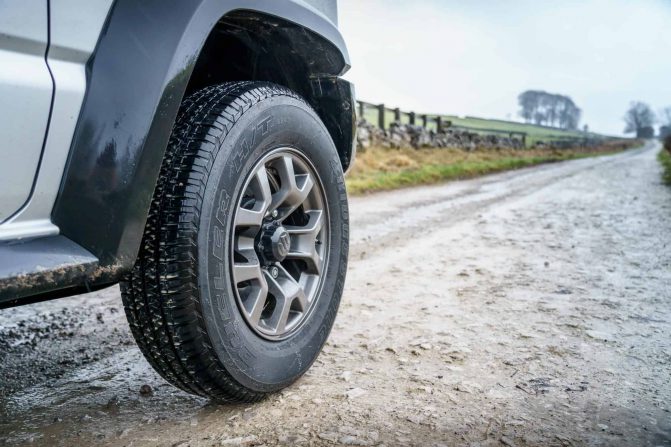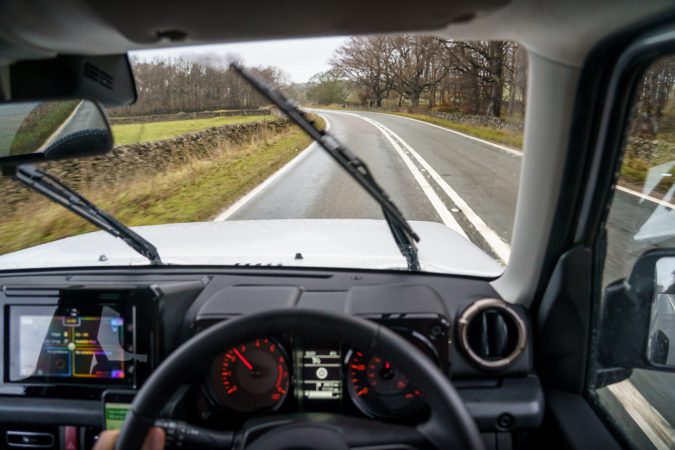Road construction zones are a headache for all drivers, but for motorcyclists, they pose even greater risks. Uneven pavement, loose gravel, and sudden lane shifts can turn a routine ride into a dangerous situation. Poor signage and impatient drivers only add to the hazards, making these areas a hotspot for accidents. Unlike cars, motorcycles rely heavily on stable road conditions, and even minor surface changes can lead to loss of control. Understanding the dangers of construction zones, how they contribute to motorcycle crashes, and what riders can do to stay safe is key to preventing accidents. Here’s what every motorcyclist should know before navigating these unpredictable stretches of road.
Understanding Construction Zone Hazards
In road construction areas, the environment is not static, as changes in the road are frequent. Functionally, these zones may change from lane shifts to narrow areas or detours as well. These changes can be especially dangerous for motorcycle drivers whose stability on a motor vehicle depends on the conditions of the road surface. Gravel, uneven ground, and debris present unique hazards as well, raising the chance of a loss of control. Documenting these hazards during an accident is vital, as it gives motorcycle accident lawyers the evidence they need to get proper compensation.
For instance, construction areas are sometimes poorly marked or lack signage altogether. The lack of warnings or instructions can lead to confusion among motorists who do not realize traffic conditions have changed. Without the knowledge of what a driver is doing, sometimes a sudden change in the possible direction of travel is unavoidable and increases the odds of a crash.
Environmental Factors at Play
Sometimes, the weather can make driving conditions bad for motorcycle riders. Rain, fog, or high winds can cause issues at construction sites as well. Motorcyclists’ tires lose traction on wet or iced surfaces. Similarly, poor visibility reduces the chances of seeing hazards like potholes or loose material.
The lighting situation is also important. Inadequate lighting makes hazards invisible, so a motorcyclist may not be able to see an object. All these factors combined can make a rider susceptible to an accident near a construction site.
Human Error and Impatience
Construction zone accident rates are greatly affected by human behavior. Some drivers will be impatient and take unnecessary risks by passing too closely to motorcyclists. Sudden lane changes, tailgating, or not yielding easily lead to crashes. Motorcyclists also face their own judgment mistakes, such as miscalculating speed or not recognizing changes in the road.
Additionally, the confusion of driving through complicated territories can induce a loss of focus. There are so many things that motorcyclists have to pay attention to that they may miss the most important details.
Implications in Respect the Law and Regulation
Authorities know this heightened risk exists in construction zones and seek to minimize dangers by governing the actions of construction workers. The speed limit drops, and fines are increased for breaking it. All of this is intended to safeguard all road users; however, compliance is a big ask.
Merely enforcing it is not going to help us be any safer. Motorcyclists, keep your head on a swivel, obey the posted signage, and be prepared to adjust to rapidly changing environmental factors. Authorities, construction companies, and road users work hand in hand to pave the way for a safer road.
Education and Preventative Measures
However, prevention is the key to lowering the number of road construction and motorcycle accidents, and education is the answer. Awareness campaigns can be effective in informing motorcyclists about the types of risks they will face when traversing construction zones. If you are well aware of the common hazards in front of you and how to tackle this situation using defensive riding techniques, if you see such areas coming, you can be miles ahead in terms of safety.
Upgrades to the road infrastructure can also create a safer environment. Well-noted signs, clear lane markings, and well-placed lights will lessen confusion. Keeping construction zones well maintained prevents hazards like debris from being left in the way for too long.
More technologies can solve these problems. Equipment innovation, like the smart helmet, which alerts workers to hazards with a real-time heads-up display, takes safety to the next level.
Conclusion
One of the most multifaceted challenges presented to motorcyclists is road construction zones, which combine issues of motorist behavior, environmental forces, and infrastructure design. More work needs to be done to figure out why this is happening, since they are quite alarming.
Anything that can be done to lower road deaths and make roads safer for everyone should be a high priority. Educational campaigns are effective ways to create a safer community. Prevention, regulation, and technology can also and do reduce accidents.


